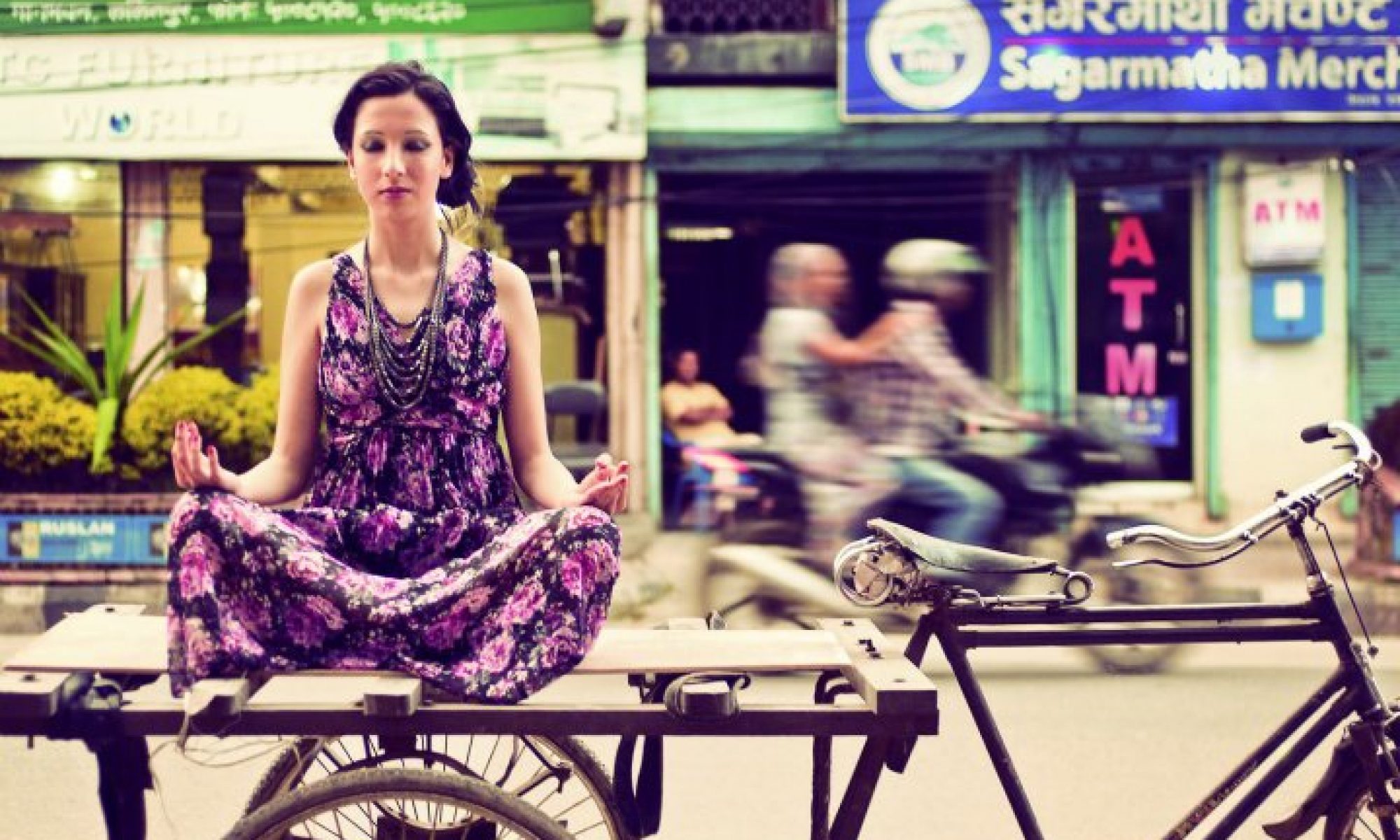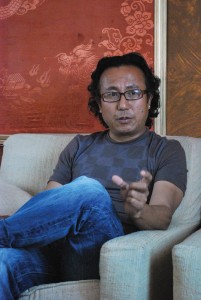What do adventure, culture, religion and snow have in common? Here’s a clue- it begins with an ‘M’ and ends somewhere about 8848 m above sea level. Mountains have shared an intricate relationship with human beings from their effect on the geography of their being to their effect on aesthetic activity. While human beings have explored, probed, reached and ‘conquered’ mountains or parts of them, they still stand among us- vast, obscure, enigmatic and even intimidating. However, if the mention of mountains were in our prayer flags during ancient times, they are now in little guidebooks for tourists, in a trekker’s bag pack, a voyeur’s blog, or on a painter’s canvas. Our relationship with the mountains is getting woven into more complex patterns as the tapestry elongates. Kathmandu International Mountain Film Festival (KIMFF) has been examining these patterns and celebrating its diversity since the year 2000.
How to take modafinil Before you start the treatment, read the manufacturer’s printed information leaflet modafinil from inside the pack. It will give you more information about modafinil and will provide you with a full list of the side-effects which you may experience from modafinil.
KIMFF
KIMFF, organized by the Himal Association, started out as a non-competitive film festival held every two years. Since the year 2006, the festival promised to happen annually. Today it serves as a melting pot for the likes of filmmakers, activists, journalists, critics and both film and mountain enthusiasts. A non-profit organization, it has had four film festivals to its credit that involved alpine documentation, archival footage, adventure cinema, experimental shorts, commentaries, anthropological narratives, and feature films to name a few. To date, it has explored mountains, its community and their culture to bring about films that portray and deal with issues as far and broad as cultural practices, lifestyles, conflict, wildlife, mountain-climbing, environment, globalization, and gender. KIMFF screens films, organizes workshops, lectures and discussion forums and photo and book exhibitions related to mountains.
KIMFF does not just intend to provide a platform for filmmakers; its mission is far more broad and versatile. With the belief that ‘human experience in the world’s highlands, especially those in developing countries, is worth documenting and sharing’ KIMFF intends to put forward the reality of these communities, culture and thus create a sense of understanding and significance. It intends to see development and social transformation through the use of films and thus the exposure.
Every year, KIMFF invites filmmakers to enter the competition for the film festival. This year they received 240 entries from 52 countries. A 10-member jury has been viewing the films and 45-50 of the best films will make it to the next round. The directors of the best three movies are to be awarded $1500, $1000 and $500 respectively. The Nepal Panorama winner takes home Rs. 25000.The list is due this October. We all wait eagerly.
Verse talked to Ms. Ramyata Limbu, the director of KIMFF since 2000 about KIMFF and her experience as a filmmaker. She has co-produced the independent documentary ‘Daughters of Everest’ and ‘The Sari Soldiers’, a documentary feature that follows six Nepali women on the forefront of the Maoist conflict in Nepal.
Who or what inspired you to join filmmaking?
As a professional journalist I learnt about different issues. I like travelling, researching and learning. Thus, it was actually a natural progression from print journalism to filmmaking.
What do you think about the documentary making scene here? Just give us an overview?
Since the past decade, filmmaking has grown over time due to cheap technology like the internet and camera. Younger people are getting into filmmaking out of interest and passion rather than because they have the skills to do so. It is important to have passion but it is equally important to have the technical know-how to really make a difference.
Tell us about your experiences as a female filmmaker.
I don’t think gender really affects filmmaking. However, as a woman, I identify with subjects of women. It was why I decided to follow women who were on their way to climb Everest for a documentary. It was also why I focused on women during the conflict in my other documentary.
Travelling KIMFF
Along with the upcoming KIMFF 2011 (8-12 December), the organization with the cooperation and the support of Embassy of Finland and Federation of Nepalese Journalists district chapters also have organised the Travelling KIMFF this year. The Travelling KIMFF plans to visit different towns in Nepal including Panchthar, Ilam, Myagdi, Nawalparasi, Arghakanchi, Dadeldhura, Baitadi, Doti and Kailali. The idea for travelling KIMFF is to encourage intercultural interaction and sensitivity towards the need to preserve the mountain community, essence and the cultural diversity.
Verse talked to Mr. Basanta Thapa, chairperson of KIMFF about the Travelling KIMFF. Basanta Thapa, also a Board member of the Himal Association has headed the organization since 1998. He is a former editor of the Himal bimonthly and a former columnist for Himal Khabarpatrika, the Nepali fortnightly.
First of all, tell us about your experience with KIMFF, and its progress since it was last conceived.
KIMFF has grown in size and stature since 2000. We have shifted our venue from the Russian Culture Center to bigger venues like the auditorium of the Nepal Tourism Board. The ancillary activities like workshops, exhibitions, lectures also draw a lot of people. We generally have a full house.
In these years we see more Nepali viewers than foreigners, when it used to be the expats and tourists who used to outnumber Nepali viewers before. It is good to see that the interest in Nepali people is growing. Our target is the youth, so we send out invitations to colleges and schools. We also receive a lot of interest from outside the country. Last year we had 61 countries plus Nepal participating.
The experience is gratifying because we had a very modest beginning. Our biggest obstacle was and still is funding. We have no permanent sponsors therefore every event requires starting afresh with searches for sponsors. In other countries, the government forces help cultural events like these which is not so, unfortunately in the case of Nepal. Perhaps it is our inability to convince the government that films can be a good means to educate people. We are passionate about KIMFF, which is why all of us are doing it voluntarily. Our commitment is due to the belief that it can only grow, drawing inspiration from our previous performances.
Two years ago we were featured in Time magazine. Also, we were recruited to the Finland Mountain Film Alliance. This recognition is indeed very gratifying.
How did the Travelling KIMFF happen?
We did not want to be Kathmandu centric. We decided to put all the best films or even just the relevant ones in a package, looked for funding and set out.
How is it different from the usual KIMFF viewers or simply, the viewers in Kathmandu?
We have been instrumental to many Nepali documentary makers. Also, we have a group of ardent viewers in Kathmandu. The regular faces always turn up. In the other districts, it is a new thing which makes it naturally different compared to showing it to people who are aware of what they see or what to expect. We hope to inculcate a group of people among the many viewers who might be deeply touched or inspired.
Since this is Tourism Year 2011, how do you think KIMFF helps it?
We do intend to focus on Tourism this year. We have people coming to Kathmandu from other cities in Nepal. As for international tourists, we have about two dozen who fly in just for KIMFF which, I would say, is quite an achievement.
Tell us more about Nepal Panorama. Why this platform?
In 2007, we went competitive. We had many movies coming in and we had pre-selection and short-listing before they went on for screening. It was then that we understood that Nepali doc-makers could not compete against the foreign ones due to obvious reasons. We wanted to provide them with exposure and encourage them to continue, which is why we chose 30 movies for the Nepal Panorama section. It has been very helpful. Some of our filmmakers have been contacted by Festival Directors from Finland to be a part of their film festival. Also, there are other people who scout for talent which provide the Nepali filmmakers with a lot of opportunities.
[blockquote]
Films to be screened at the Travelling KIMFF:
1. The Broken Moon (55 min/ Brazil): won first prize in KIMFF 2010
2. A Little Bit Mongolian (55 min/ Australia): won second prize in KIMFF 2010
3. Waiting for the Snow (40 min/ Morocco)
4. Saving Dolma (57 min/ Nepal)
5. Pooja (58 min/ Nepal)
6. Puneko Pant (34 min/ Nepal)
7. Darka Aasuharu (32 min/ Nepal)
8. Birami Sahar (75 min/ Nepal): won best award in Nepal Panorama Section
[/blockquote]

